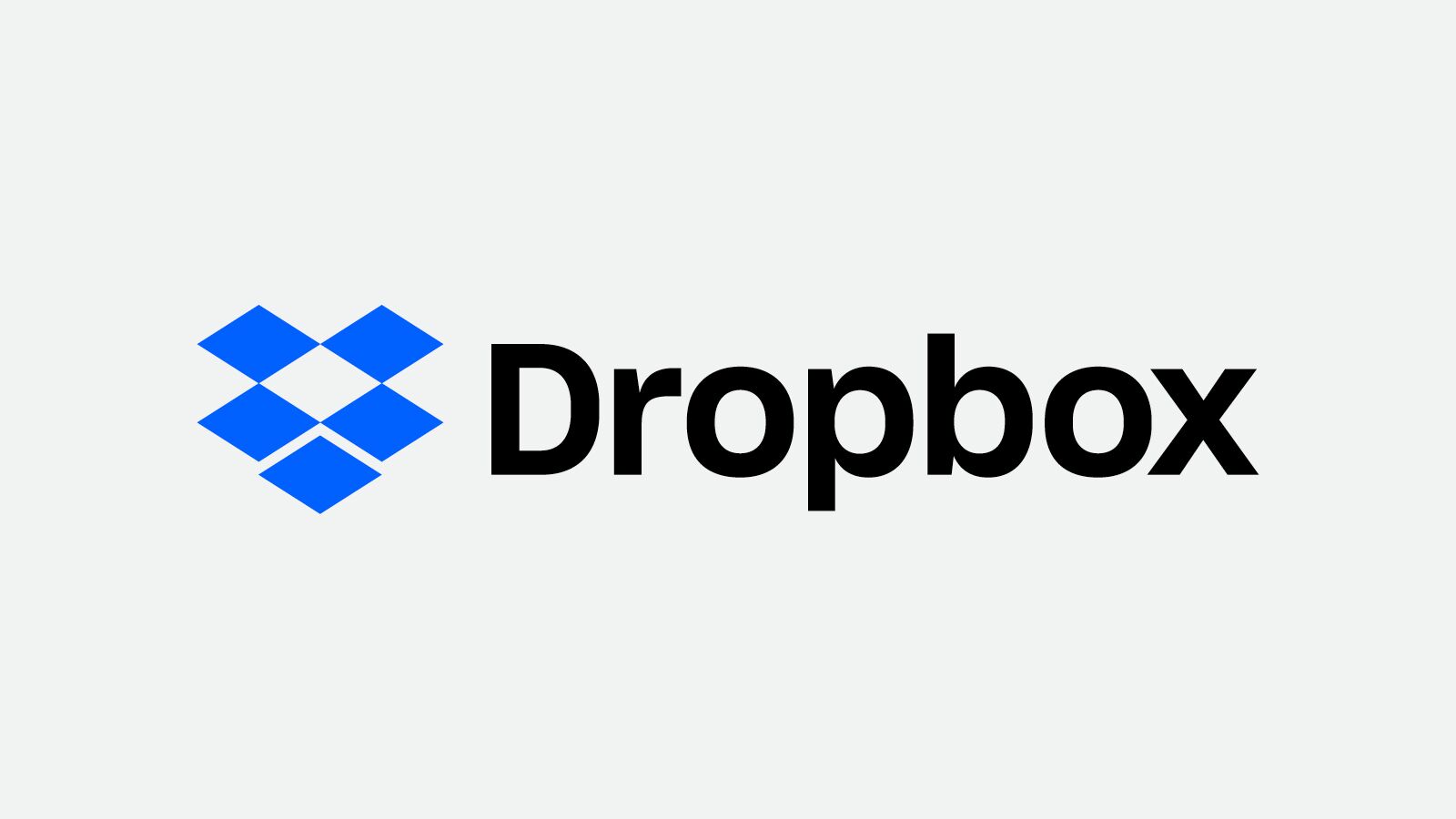What is Dropbox?
As part of a regular series, we describe key cloud technologies and services. This time, Dropbox...


Dropbox: What is it?
Dropbox is simple cloud-based storage service that allows users to access their files from anywhere from just about any device. The service can be used on computers, tablets and smartphones.
Dropbox: Who is it aimed at?
It is aimed at people who don’t want to have to email files to themselves or carry around USB memory drives. The service allows uploading of just about any type of file that can be stored on a local computer.
Dropbox: How does it work?
Dropbox uses client software to create a special folder on each of their devices. Dropbox can synchronise these files and folders on every other device the person uses. Not only can files only be uploaded via client software but they can also be accessed via Dropbox’s website. You can also share folders with others to help with collaborative projects and easier document sharing.
Dropbox: What are the benefits?
Sign up today and you will receive a free copy of our Future Focus 2025 report - the leading guidance on AI, cybersecurity and other IT challenges as per 700+ senior executives
If you have ever struggled to send a large file via email only to get an error message telling you that the file is too big, then Dropbox’s benefits become immediately apparent.
Files can be uploaded to a Dropbox folder, and then all the user has to do is simply email the link to another person, who can then view, access or download the file. This is much simpler than uploading via FTP and then hoping your colleague has the same level of technical competence to complete the download at the other end.
Files and folders can be shared among other users, so that word document you are working on can also be accessed by a colleague (if you give them permission to do so) and they can also view and work on the same document as well.
One of the major reasons for its popularity is that the service can be accessed by just about any device. There is client software for Windows, Mac and Linux PCs as well as apps for Android, Blackberry and iOS. With tablets and smartphones, this is a good way of augmenting the storage on these devices.
As the files are saved on the special folder on your device, it is also stored in the cloud, effectively backing up your data.
Dropbox: What are the downsides?
While the service is simple to use (and hence a major part of its popularity) the downsides to the service are in its security.
As the service is so simple to sign up for, many organisations could find that their employees are saving confidential data on Dropbox’s servers. There is still very little that many organisations can do to stop this other than blocking the service, which is not always possible. Organisations should treat Dropbox as a public repository in the same way that anything else published on the internet is in the public domain.
The service has also suffered security breaches, allowing spammers to send out spam from user’ accounts following the hack of an employee’s Dropbox account. Since then the firm has put additional controls, such as two-factor authentication, in place to prevent further breaches.
Dropbox: Further information
When a user first signs up to the service they get 2GB of storage for free. Extra storage can be bought for a yearly subscription. The service runs regular promotions to give away extra storage if you tweet about Dropbox, allow the service to send a Facebook status update or use it to store photos. The more people you refer to the service that start using it themselves, the more free storage you get.
Dropbox has recently rolled out new features aimed at corporate customers with a new admin console to manage teams of users.
Rene Millman is a freelance writer and broadcaster who covers cybersecurity, AI, IoT, and the cloud. He also works as a contributing analyst at GigaOm and has previously worked as an analyst for Gartner covering the infrastructure market. He has made numerous television appearances to give his views and expertise on technology trends and companies that affect and shape our lives. You can follow Rene Millman on Twitter.
-
 OpenAI says future models could have a ‘high’ security risk
OpenAI says future models could have a ‘high’ security riskNews The ChatGPT maker wants to keep defenders ahead of attackers when it comes to AI security tools
-
 Why Dell PowerEdge is the right fit for any data center need
Why Dell PowerEdge is the right fit for any data center needAs demand rises for RAG, HPC, and analytics, Dell PowerEdge servers provide the broadest, most powerful options for the enterprise
